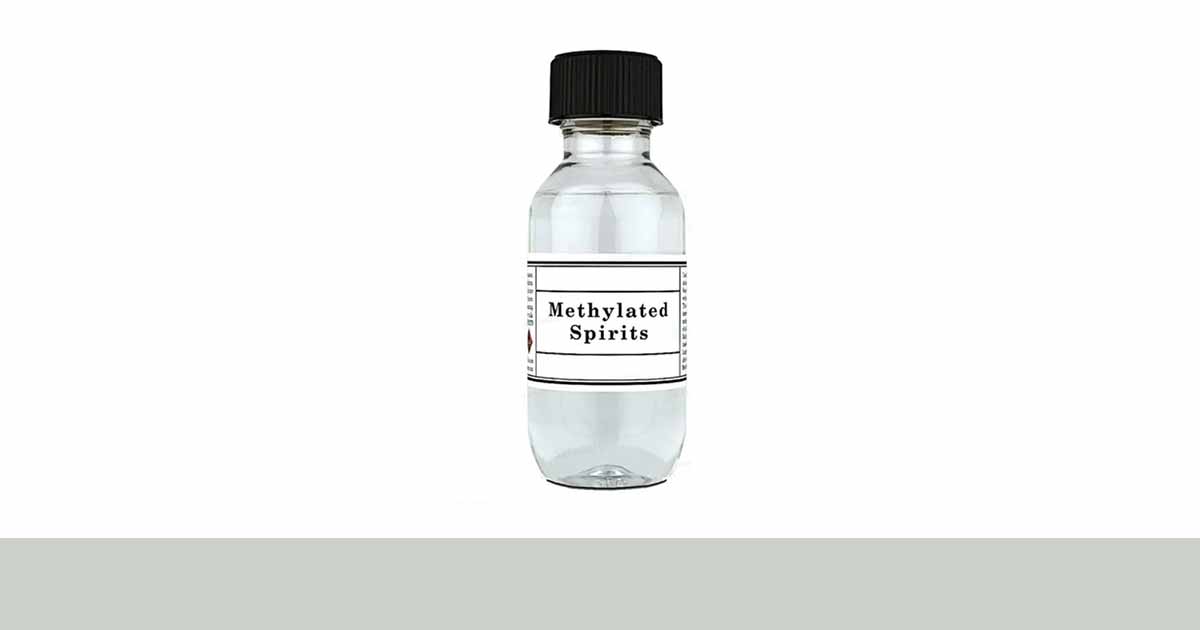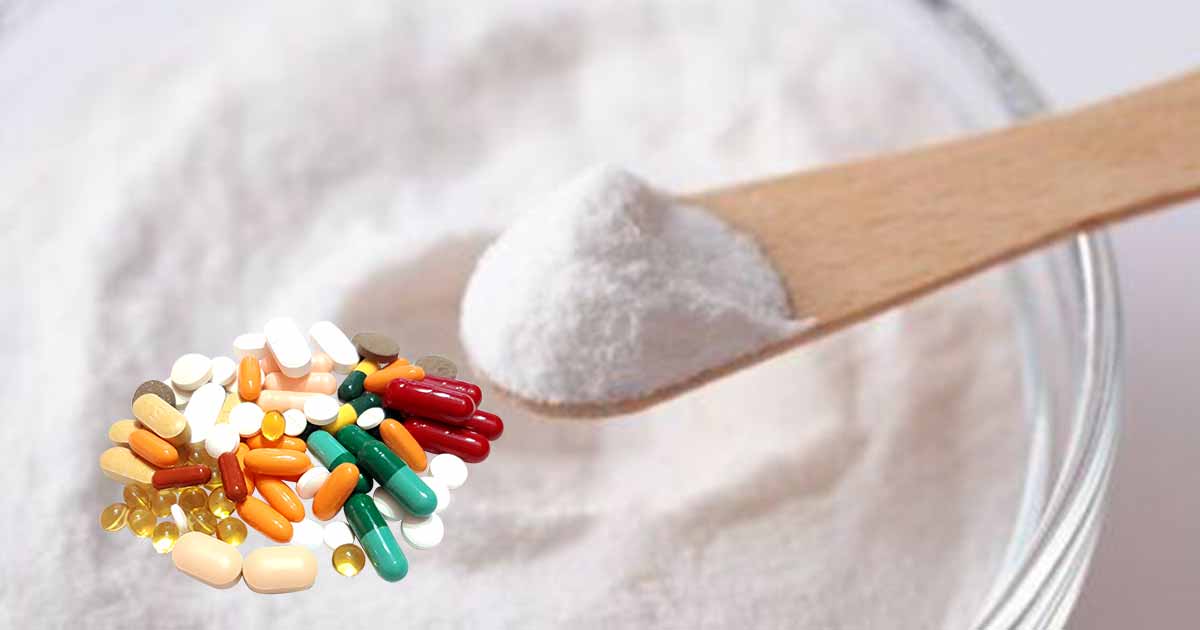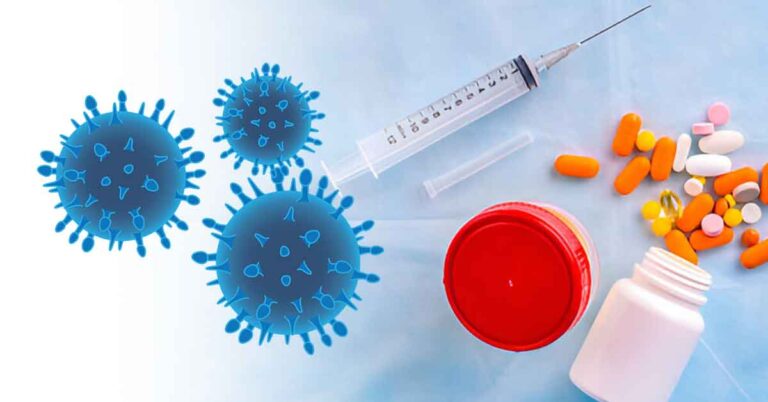Methylated spirit is a clear and colorless liquid used in industries, clinical settings and households. Methylated spirit is a denatured alcohol (or alcohol), as it contain additives that render it unsafe for drinking but for use as disinfectant, and for industrial purposes. The denaturing makes it the most bitter substance to taste, unpleasant in smell and poisonous.
Methanol was used as a common denaturing ingredient in methylated spirits, but rarely used due to hazard to health.
Methylated spirit is made of 70–99% ethanol (also called ethyl alcohol), water and denatonium benzoate. The denatonium benzoate is added to add an intense bitter taste to methylated spirit, limiting consumption by humans.
Additional ingredients include methyl isobutyl ketone, methyl violet and fluorescein. These ingredients are present in low concentration ≤0.25%.
Methylated spirit is a highly flammable liquid that has a characteristic odor, and burning taste. It mixes with water, methyl alcohol, ether, chloroform, and acetone.
Types of Methylated Spirit
According to the British Pharmacopeia, there are 3 types of methylated spirits (BP): industrial methylated spirits, mineralized methylated spirits, and denatured ethanol exist. (Source: Drugfuture)
- Industrial Methylated Spirits has 95 parts by volume of spirits mixed with wood naphtha (mostly methyl alcohol) 5 parts by volume.
- Mineralized methylated spirits is spirits mixed with wood naphtha 9.5 parts by volume and crude pyridine 0.5 parts by volume. To every 2000 liters of this mixture is added 7.5 liters of mineral naphtha (petroleum oil) and 3 gram of synthetic organic dyestuff (methyl violet). This is the only form sold to the public in Britain.
- Denatured ethanol is 999 parts by volume of spirits (of a strength not less than 85%) mixed with 1 part by volume of tertiary butyl alcohol, and denatonium benzoate 10 mg/liter is added to the mixture.
Rubbing alcohol
When methylated spirit is diluted to 65-70%, they can serve as rubbing alcohol. It is isopropyl alcohol or an ethanol-based liquid, but mostly isopropyl alcohol.
According to the United States Pharmacopeia (USP), “isopropyl rubbing alcohol USP” contains approximately 70 percent alcohol by volume of pure isopropyl alcohol while “rubbing alcohol USP” contains approximately 70 percent by volume of denatured alcohol. Methyl salicylate (wintergreen oil) is added to most rubbing alcohol products for fragrance.
Rubbing alcohol is a diluted form that is less irritant and harsh to the skin. It evaporates slowly on applying to the skin, killing the bacteria. Higher strengths evaporate faster. The 70% concentration works much better as it has longer contact time with the skin, therefore killing more bacteria.
Surgical Spirit
Rubbing alcohol is comparable to British Pharmacopoeia (BP) surgical spirit. Surgical spirit B.P. according to the British Pharmacopoeia, is 95% methylated spirit, 2.5% castor oil, 2% diethyl phthalate, and 0.5% methyl salicylate.
Uses of Methylated Spirit
- Some alcohol-based hand sanitizers are isopropyl alcohol or a form of denatured ethanol (i.e., industrial methylated spirits), usually at a 70% concentration.
- It is used in disinfection of sterile surgical and other medical equipments
- Used as surgical spirit (BP), a mixture of methyl salicylate. (0.5% v/v), diethyl phthalate (2% v/v), and castor oil (2.5% v/v) in industrial methylated spirit.
- It is used to prepare the skin before injection.
- It is applied externally for its astringent action, but mucous membranes and excoriated skin surfaces must be protected
- Effective solvent in paints, lacquers and vanishes
- Used as a household cleaner for use in windows, other household appliances
- It is an antifreeze
- Used as window cleaner, spray, wipe disinfectant and sterilizer
- Perfect for indoor and outdoor methylated heaters.
- Used in cosmetic tools such as toners, makeup brush cleaners
- Fuel for camping stoves
Effect of Drinking Methylated Spirit
Though methylated spirit is not acutely toxic, ingesting some quantity of the liquid can cause serious health issues as a result of the high ethanol concentration. It may cause dizziness, drowsiness, and eye irritation.
Inhalation overdose of methylated spirit, especially at high temperature, may cause drowsiness and dizziness followed by sleepiness, reduced alertness, loss of reflexes, lack of co-ordination, and vertigo. At high concentration, it may cause lung irritation with coughing and nausea, central nervous depression with headache and dizziness, slowing of reflexes, fatigue, and incoordination.
If the methylated spirit has contact with the eyes, it may cause ye irritation, eye damage in 24 hours, pain, severe inflammation, stinging and burning sensation, with reflex closure of the lids, injury to the cornea, redness of the conjunctiva. The symptoms normally resolves without treatment.
Though it is considered safe for the skin, entry of methylated spirit inside wounds, lesions, or abrasions may cause moderate inflammation of the skin, contact dermatitis (redness, swelling and blistering). It should not be applied to open cuts, abraded or irritated skin, as it may enter the bloodstream causing systemic injury with harmful effect.
Accidental drinking of methylated spirit may cause nausea, vomiting, bleeding from the digestive tract, abdominal pain, and diarrhea.
At low blood concentration <1.5 g/L, it may cause mild symptoms like impaired vision, co-ordination, emotional instability.
When the blood concentration is between 1.5-3.0 g/L, moderate symptoms such as confusion, slurred speech, incoordination, emotional instability, disturbances in perception and senses, possible blackouts. Possible double vision, flushing, fast heart rate, sweating, and incontinence.
Rarely, slow breathing occurs, and fast breathing may develop in cases of metabolic acidosis, low blood sugar and low blood potassium. Central nervous system depression may progress to coma.
At the blood concentration of 3-5 g/L, methylated spirit may cause cold clammy skin, low body temperature and low blood pressure, and atrial fibrillation and heart block sometimes. (Source: Autoklene.com)
First Aid Measures
For skin contact, remove all contaminated clothes, wash the area of the skin thoroughly with water and soap, and seek medical help.
Eye Contact:
- Wash the eyes with running water
- Irrigate the eyes by keeping the eyelids apart, and away from the eyes.
- Seek medical attention as soon as possible.
For inhalation,
- Lay the person down, and keep warm
- Use demand valve resuscitator, bag-valve mask device, or pocket mask to apply artificial respiration if the person is not breathing. Perform CPR if necessary.
- Seek medical help
After Drinking Methylated Spirit:
- Do not force vomiting. However, if the person vomits, maintain airway and prevent aspiration by encouraging the person to lean patient forward, or use head down position.
- Give the person water to rinse the mouth, and then give liquid slowly for the person to drink as much as possible. However, do not give liquid to someone showing signs of loss of consciousness.
- Seek medical attention.
For repeated exposure to ethanol, use:
- In acute ingestion, give supportive care and prevent aspiration. Replace fluid and correct nutritional deficiencies (magnesium, thiamine pyridoxine, Vitamins C and K)
- Give 50% dextrose (50-100 ml) IV to patients with altered physical and mental state.
- Improve airway, breathing, circulation and give important drugs such as glucose, thiamine.
- Cathartics and charcoal for decontamination may be given. However, they are not necessary if it is single ingestion
- Do not give fructose as it has side effects.
Safety Precaution in Using Methylated Spirit
- Store in a cool, dry and well ventilated place
- Keep away from sparks, flames, heat, hot surfaces, and static discharge
- Do not eat, drink or smoke while handling.
- Avoid leaks in containers.
- Do not store in places with trapped vapors like pits, basement
- Keep containers always sealed.
- Avoid aluminum container. Glass and plastic containers are preferable.












